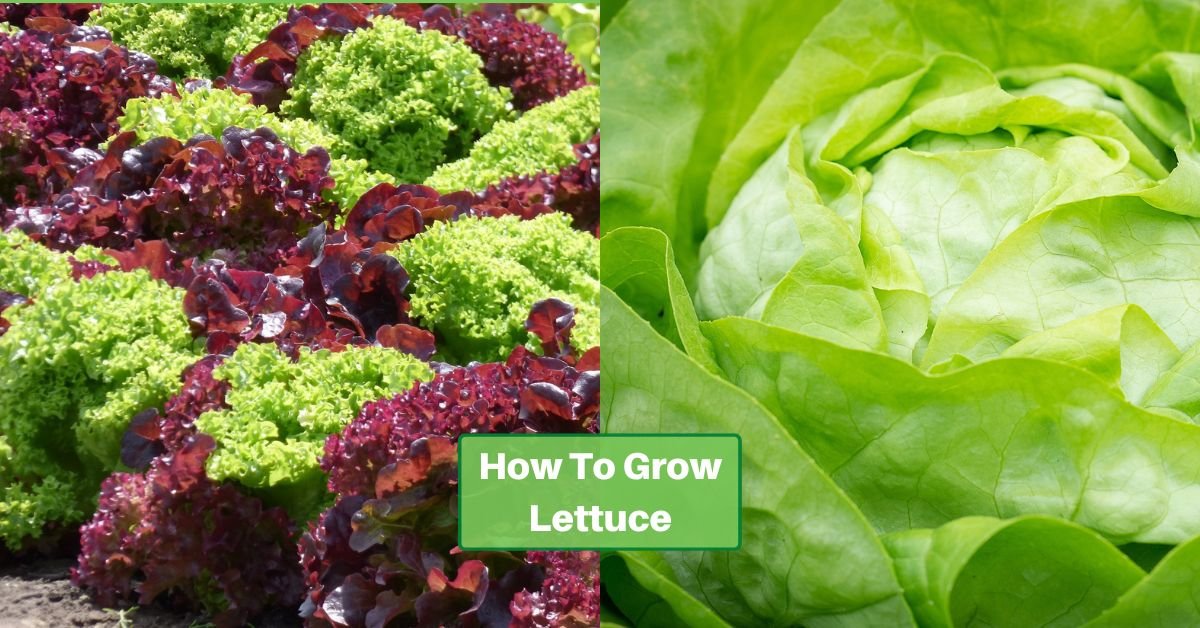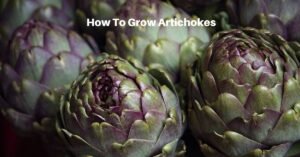Lettuce, with its tender leaves and refreshing crunch, is a staple in salads and on burgers, along with a host of other dishes. And growing your own – no matter the variety – is a straightforward effort.
Let’s have a look at how to go through the process so you can add it to your fixin’s as soon as possible!
Choosing the Right Time to Plant
Lettuce thrives in temperatures between 45°F and 75°F (7°C – 24°C). It can be grown in both spring and fall.
In colder climates, start seeds indoors 4-6 weeks before the last frost date and transplant seedlings once they have developed a few sets of true leaves. In milder climates, direct seeding can be done outdoors.
Preparing the Soil
Lettuce prefers well-drained, fertile soil. Before planting, work the soil to a depth of about 6 inches, removing rocks and debris. Mix in compost to improve the soil’s suitability for growing.
Planting Lettuce Seeds
Lettuce seeds are small so you don’t want to plant them deeply. About 1/4 inch deep is plenty. The space between them depends on the variety. For loose-leaf lettuce (like romaine), space the seeds about 4-6 inches apart. For head lettuce like iceberg, which requires more room to grow, space the seeds 10-12 inches apart.
Order Lettuce Seeds Online
Sunlight Requirements
Lettuce thrives in partial shade to full sunlight, depending on the climate. In warmer regions, providing partial shade during the hottest part of the day can prevent the lettuce from bolting (going to seed) prematurely. In cooler climates, full sun is generally suitable.
Fertilizing and Watering
Lettuce benefits from moderate fertilization to encourage steady growth. A balanced, all-purpose fertilizer before planting should do the trick. During the growing season, you can apply a diluted liquid fertilizer every 3-4 weeks.
Consistent moisture is essential for lettuce to develop tender leaves. Water the plants regularly, keeping the soil evenly moist but not waterlogged. As much as possible, water the soil underneath the plant so that water doesn’t get trapped among the leaves. A soaker hose or drip irrigation are the best choices for watering.
Thinning and Care
Once lettuce seedlings have emerged and developed a few true leaves, thin them to the recommended spacing. Crowded plants can lead to competition for nutrients and inadequate air circulation, increasing the risk of disease.
Pest and Disease Management
Lettuce can be susceptible to pests like aphids and diseases such as downy mildew. Regularly inspect your plants for signs of infestation or disease. Use insecticidal soap or apply fungicides if needed.
Harvesting Lettuce
Harvesting lettuce at the right stage ensures the best flavor and texture. Leaf lettuce can be harvested once the leaves are large enough to use. Simply cut the outer leaves with a clean knife or scissors, leaving the inner leaves to continue growing. For head lettuce, wait until the head feels firm and solid before harvesting.
Romaine takes about 70 days to reach maturity, and iceberg 70 to 80. Butterhead can be harvested a little sooner, from 55 to 75 days. Loose leaf lettuces, though, are generally ready in 30 to 40 days.
Harvest lettuce early in the morning when the leaves are the crispest and have the highest water content. This helps prevent bitterness.
Growing lettuce in your home garden is a satisfying and easy task that yields fresh and nutritious greens. With proper preparation and care, you’ll be able to savor the taste of freshly harvested, homegrown lettuce in a variety of culinary creations. From salads to sandwiches, your garden-fresh lettuce will add a wonderful texture and taste to your table!









